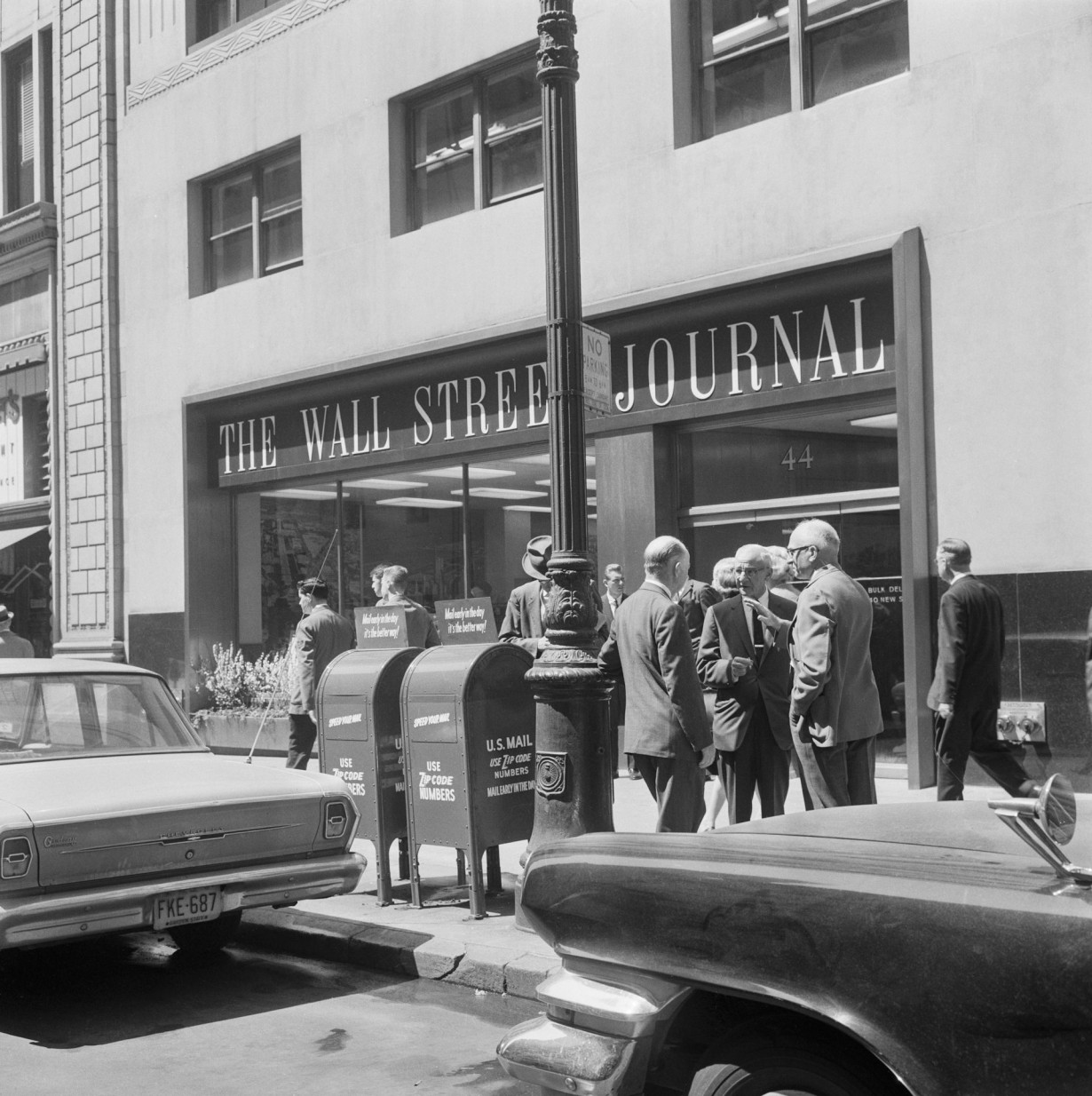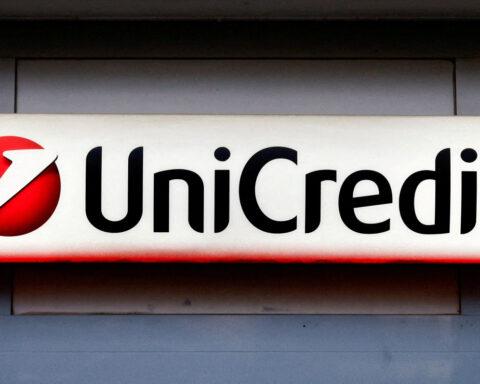This is clear evidence of supply-driven media bias. Editorial choices aren’t just a response to reader demand; they reflect a publication’s ideological leanings. This influences which stories get highlighted, and which narratives dominate public discourse. (The New York Times and The Wall Street Journal did not respond to requests for comment as of publication time.)
Determining whether media bias is caused by supply or demand issues isn’t just an academic game. It has profound real-world implications.
Most important, it can help the public understand how competition in the media industry affects bias. If bias is mostly about publications responding to demand, more competition could actually make the problem worse, as outlets vie to cater to the specific preferences of their audiences.
On the other hand, if bias is largely supply-driven, competition could be a corrective. That’s because in a competitive market, media outlets have incentives to appeal to the broadest possible audience, which means bias is bad for business.
The recent waves of consolidation in the media industry, coupled with the noticeable rise in perceptions of media bias over the past decade, seems to support the supply-side argument. As fewer companies control more of the media landscape, outlets have less of an incentive to maintain a broad, unbiased approach.
Tin Cheuk Leung receives funding from Center for Technology, Innovation and Competition (CTIC) from the University of Pennsylvania and the Knight Foundation for another project unrelated to the story.
Source: The Conversation

 Trump has begun another trade war. Here's a timeline of how we got here
Trump has begun another trade war. Here's a timeline of how we got here
 Canada's leader laments lost friendship with US in town that sheltered stranded Americans after 9/11
Canada's leader laments lost friendship with US in town that sheltered stranded Americans after 9/11
 Chinese EV giant BYD's fourth-quarter profit leaps 73%
Chinese EV giant BYD's fourth-quarter profit leaps 73%
 You're an American in another land? Prepare to talk about the why and how of Trump 2.0
You're an American in another land? Prepare to talk about the why and how of Trump 2.0
 Chalk talk: Star power, top teams and No. 5 seeds headline the women's March Madness Sweet 16
Chalk talk: Star power, top teams and No. 5 seeds headline the women's March Madness Sweet 16
 Purdue returns to Sweet 16 with 76-62 win over McNeese in March Madness
Purdue returns to Sweet 16 with 76-62 win over McNeese in March Madness







